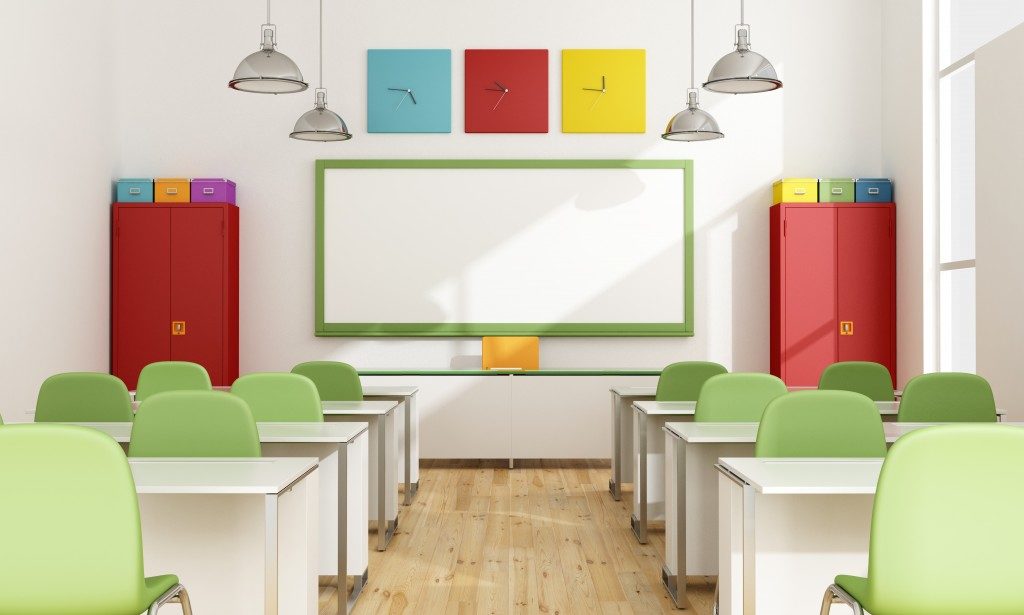More and more employees are working from home to curb the spread of the COVID-19 disease. But, for many, it’s becoming increasingly clear that working in a makeshift office can be a pain in the neck (literally).
Some have set up their office on their beds, while others have migrated to kitchen tables or couches. Luckily, there are easy and cheap ways to set up an office away from the office.
Stay comfortable and productive while working from home with these tricks:
Designate a fixed workspace
Locate a spot in your house where you’ll be most productive. If you live in a small apartment, you may not have many options, but in a bigger home, you may have plenty of spots to choose from. Pick a spot that’s far from potential distractions, like the television or the refrigerator.
While quiet workspaces are best, a bit of noise won’t hurt. White noise from your fan or air conditioning unit can block out unwanted sounds and improve your concentration.
Set up proper lighting
If you can, set up your home office near a window as natural light helps improve productivity and overall health.
According to research conducted at Cornell University, natural light can increase a worker’s productivity levels by 2%. Maybe that’s not a lot, but the report also found that employees working in an environment with natural light experienced an 84% drop in symptoms of headaches, eye strain, and blurred vision, which often result from prolonged computer exposure.
If your place doesn’t allow for natural light to pass, borrow a table lamp or a floor lamp from another room so you can still enjoy a well-lit workspace.
Use scents
Multiple studies have shown that the right scent can improve your performance at work.
Research from Japan’s Takasago Corporation found that office workers made 20% less typing errors when the air around them was infused with lavender. Meanwhile, jasmine fragrance resulted in 33% fewer mistakes; 54% with lemon.
We’re all under a lot of pressure these days, which can make work more stressful. Meikai University found that lavender can decrease cortisol (the stress hormone) levels in the body noticeably.
Make the space as ergonomic as possible
Not only does ergonomic furniture increase comfort, but it also decreases stress and increases productivity. Without ergonomics, you’ll likely have aches and pains, feel tired quickly, and develop health issues in the future.
- Chair – The chair should feature quality lumbar support. It should also be adjustable. When sitting, your feet must be flat on the floor. Your hips should be back in the chair, and you should be sitting up straight at a 90-degree angle.
- Desk – If the situation restricts you from buying an ergonomic desk, you can make some improvements to your existing desk. Position your mouse and keyboard so that your elbows remain at your sides and are at a 90-degree angle. Also, the monitor should sit at eye level and should be an arm’s length from where you sit.
Whether you’re your own boss or the pandemic forced you to work from home, a conducive work environment is crucial. With these tricks in mind, you’ll achieve a more efficient and productive workspace at home.



